
The common blue butterfly or European common blue is a butterfly in the family Lycaenidae and subfamily Polyommatinae. The butterfly is found throughout the Palearctic and has been introduced to North America. Butterflies in the Polyommatinae are collectively called blues, from the coloring of the wings. Common blue males usually have wings that are blue above with a black-brown border and a white fringe. The females are usually brown above with a blue dusting and orange spots.

The Manipur bush rat, also known as Hume's rat or Hume's hadromys, is a species of rodent in the family Muridae. It is found in northeastern India, and is listed as endangered.
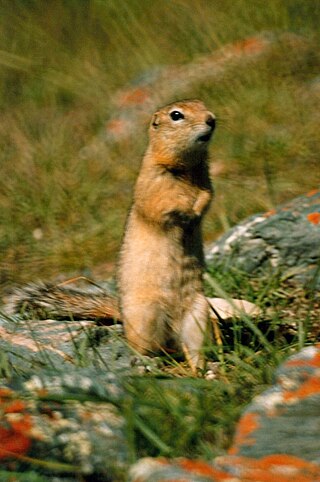
The long-tailed ground squirrel or Eversmann's souslik is a species of rodent in the squirrel family Sciuridae. It is found in China, Kazakhstan, Mongolia, and Russia.

Papilio weymeri is a species of swallowtail butterfly in the Papilioninae subfamily that is endemic to Papua New Guinea where it is found on Los Negros and Manus Islands.

Pandemis cerasana, the barred fruit-tree tortrix, is a moth of the family Tortricidae.

Esperia sulphurella, also known as the sulphur tubic, is a species of gelechioid moth in the family Oecophoridae. It is native to Europe, but has been introduced in California.
Nephelomys pectoralis is a species of rodent in the genus Nephelomys of family Cricetidae. Its type locality is 40 miles (64 km) west of the city of Popayán, Cauca Department, Colombia, at an altitude of 10,340 feet (3,150 m). American zoologist Joel Asaph Allen first described it in 1912 on the basis of 112 specimens from several locations in the Cordillera Occidental. He classified it as a species of Oryzomys, Oryzomys pectoralis, but later subsumed into the species Oryzomys albigularis. When that species was transferred to the new genus Nephelomys in 2006, N. pectoralis was recognized as a separate species.
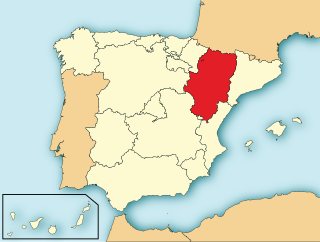
Psilocybe hispanica is a species of fungus in the family Hymenogastraceae. It produces small brown mushrooms with conical to convex caps up to 10 mm (0.4 in) in diameter and stems 16 to 25 mm long by 0.5 to 1 mm thick. Reported as new to science in 2000, it is only known from the Pyrenees mountain range in northern Spain and southwestern France, where it grows on horse dung in grass fields at elevations of 1,700 to 2,300 m. The mushroom contains the psychoactive compound psilocybin. The possible depiction of this species in the 6,000-year-old Selva Pascuala rock art suggests that it might have been used in ancient religious rituals—the oldest evidence of such usage in prehistoric Europe.
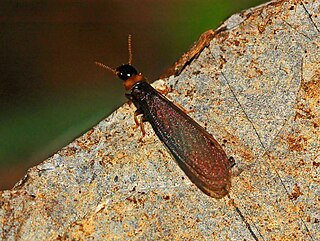
Kalotermes flavicollis, the yellownecked dry-wood termite, is a species of dampwood termites belonging to the family Kalotermitidae, one of the most primitive families of termites.
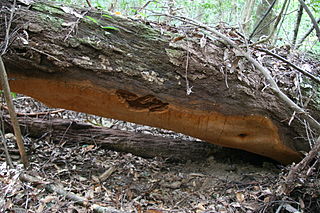
Phellinus ellipsoideus is a species of polypore fungus in the family Hymenochaetaceae, a specimen of which produced the largest fungal fruit body ever recorded. Found in China, the fruit bodies produced by the species are brown, woody basidiocarps that grow on dead wood, where the fungus feeds as a saprotroph. The basidiocarps are perennial, allowing them to grow very large under favourable circumstances. They are resupinate, measuring 30 centimetres (12 in) or more in length, though typically extending less than a centimetre from the surface of the wood. P. ellipsoideus produces distinct ellipsoidal spores, after which it is named, and unusual setae. These two features allow it to be readily differentiated microscopically from other, similar species. Chemical compounds isolated from the species include several steroidal compounds. These may have pharmacological applications, but further research is needed.
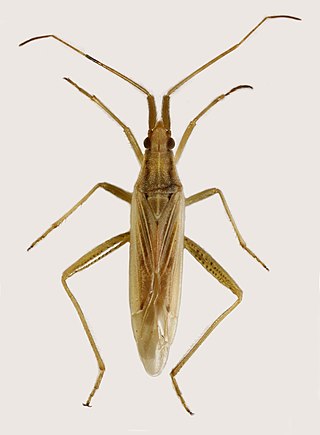
Stenodema laevigatum, or sometimes Stenodema laevigata, is a species of bug from Miridae family. The species have a gray to brown elongated body, with the eyes located backwards in the head. They sometimes come in green colour, and are 8–10 millimetres (0.31–0.39 in) in length, which makes it a rather big species of its kind. They are common in the United Kingdom, and throughout the rest of Europe. then east across the Palearctic through Asia Minor and the Caucasus to northern China.
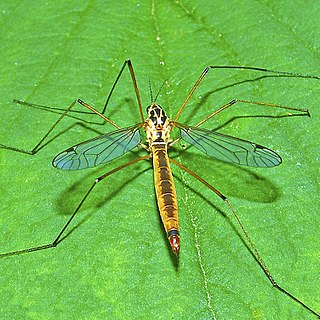
Nephrotoma cornicina is a species of fly in the family Tipulidae.
Andixius is a genus of planthopper insects belonging to the family Cixiidae. The genus contains 4 species. Three species found in China, the other species from Japan.

Andixius longispinus is a species of planthopper belonging to the family Cixiidae. It is endemic to China.
Andixius nupta is a species of planthopper belonging to the family Cixiidae. It is endemic to Japan.
Andixius venustus is a species of planthopper belonging to the family Cixiidae. It is endemic to China.
Sphegina abbreviata is a species of hoverfly in the family Syrphidae found in Nepal. Like other species in its genus, S. abbreviata is small, slender, and usually found in and around woodlands. It's similar to S. angustata, though it's differentiated by having both dorsal and ventral sublobes posteriorly on male superior lobe instead of just a dorsal one, and by having the dorsal sublobes be apically short and truncate instead of long and pointed.
Sphegina (Asiosphegina) albolobata is a species of hoverfly in the genus Sphegina found in Vietnam. It's similar to S. (A.) licina, but differs by having the ventral lobe of both gonostyli narrower, apicodorsal part of the right superior lobe shorter, and the ventral part of the left superior lobe with more prominent anterior, medial, and posterior lobes.
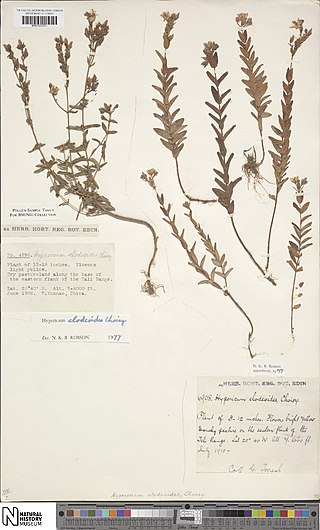
Hypericum elodeoides, commonly called the Himalayan St. John's Wort, is a species of flowering plant of the St. John's wort family (Hypericaceae).
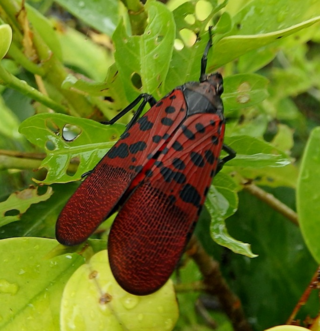
Lycorma meliae is a planthopper species endemic to Taiwan, with multiple, dramatically different color morphs depending on the life stage. The species was described by Masayo Kato in Taiwan in 1929, and is the only member of its genus confirmed to be native to the island. In 1929, a specimen of L. meliae was originally described as a separate species, L. olivacea, also by Kato. These two taxon names were declared synonymous in 2023. L. meliae undergoes four instar stages before achieving adulthood and generally only survive until the winter.














